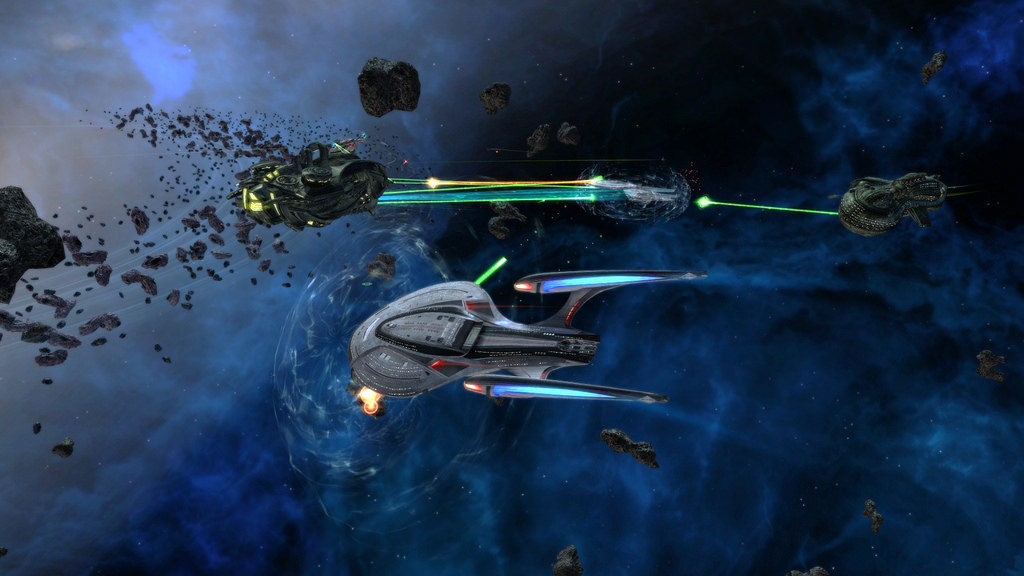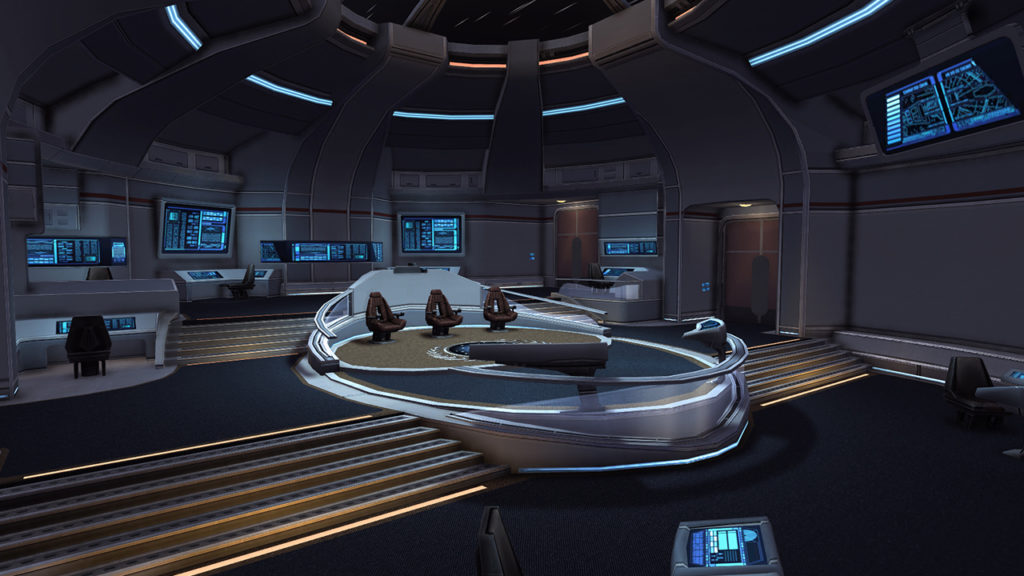Until recently I had not paid much attention to the Mass Effect series, however after the realisation that I was years late to the party and Mass Effect Andromeda coming out soon, I thought it would be worth blasting through the previous trilogy to get up to speed. After that mammoth undertaking I wanted to play some smaller palette-cleanser games with the added bonus of clearing more of my backlog. As part of this process I played Gone Home and Octodad: Dadliest Catch one after the other and found myself thinking about how the two are very similar in a lot of interesting ways. Rather than repeat myself across two reviews I thought I would combine them into a single review. Throughout it I will clearly delineate between the two in bracketed sentences or paragraphs labelled GH for Gone Home and OD for Octodad. It is entirely possible this will be a one-off feature so don’t worry too much if it doesn’t entirely work.
Games don’t need to tell grandiose stories of world or universe-saving gravitas and scope to be personally affecting. The sometimes misguided plot beats of Mass Effect manage to weave personal stories into a fantastical setting with the intention of impacting the emotional bits of the player’s brain while impressing them with awe, spectacle and space shooty-bang-bang.
These stories can be just as, if not more affecting by making them more personally relatable; pulling on our personal real-life memories and emotions as a clever way to connect us to the polygonal marionettes pulled by invisible strings in front of our eyes and suspend our disbelief.
This game manages all of these objectives by doing just that; placing us in situations that we may not have directly experienced ourselves, but that cross enough circles on the Venn diagram of our own lives to make sufficient connections to tether us to the narrative and characters. I have never been (GH: a 90s teenage lesbian)(OD: a literal cephalopod trying to pass itself off as human being) however I have been (GH: a young person trying to grapple with who I am, what the world is and where I fit in it)(OD: aware of my own ‘imposter syndrome’ regarding personal achievement and trying to fit in or trying to do difficult or stressful things without making them worse in the process), and as such elements of the story did resonate with me on a personal level.
I am not a universal fan of the (GH: ‘Walking Simulator’)(OD: ‘Aren’t physics/difficult controls funny!’) genre, however to me this game is perhaps the best example of such a genre due to the way the mechanics are utilised to reinforce the narrative or experience of the character, either (GH: wandering around your parents’ large house to picture together where they and your sister are and what happened to them through puzzles and interacting with objects which tangentially build the story)(OD: trying to do everyday things without drawing attention to your externally obvious octopoid nature). This, coupled with the use of non-linear narrative to build the story around the gameplay adds more than (GH: wandering about and doing very little while having story vomited at you until the credits roll)(OD: flailing around until the joke quickly wears off), a trait which put me off other supposedly excellent titles such as (GH: Everybody’s Gone to the Rapture)(OD: Surgeon Simulator) which I thought were really not very good at all.
To me the biggest problem for the genre of game this sits in is that they typically overstay their welcome; dragging out narrative or mechanics beyond what is (GH: interesting and engaging)(OD: funny). This game avoids that by saying what it has to say and wrapping up before this happens. The only major criticism comes from the price-to-time ratio this game offers. It costs at least £10 on Steam and PS4 when not on sale and while I am not normally averse to buying well-made shorter games like Inside, I would perhaps recommend caution on this one in particular (GH: because there is very little replay value)(OD: however there are plenty of achievements and some collectables if that kind of thing matters to you) and game length is a major purchasing factor.
Finally, whether you like or dislike this game/genre, the house in Gone Home also makes an interesting Counterstrike map:
[embedyt] http://www.youtube.com/watch?v=-pR3AokUCQo[/embedyt]




